Are Voicebot Solutions Right for Your Business Communication Needs
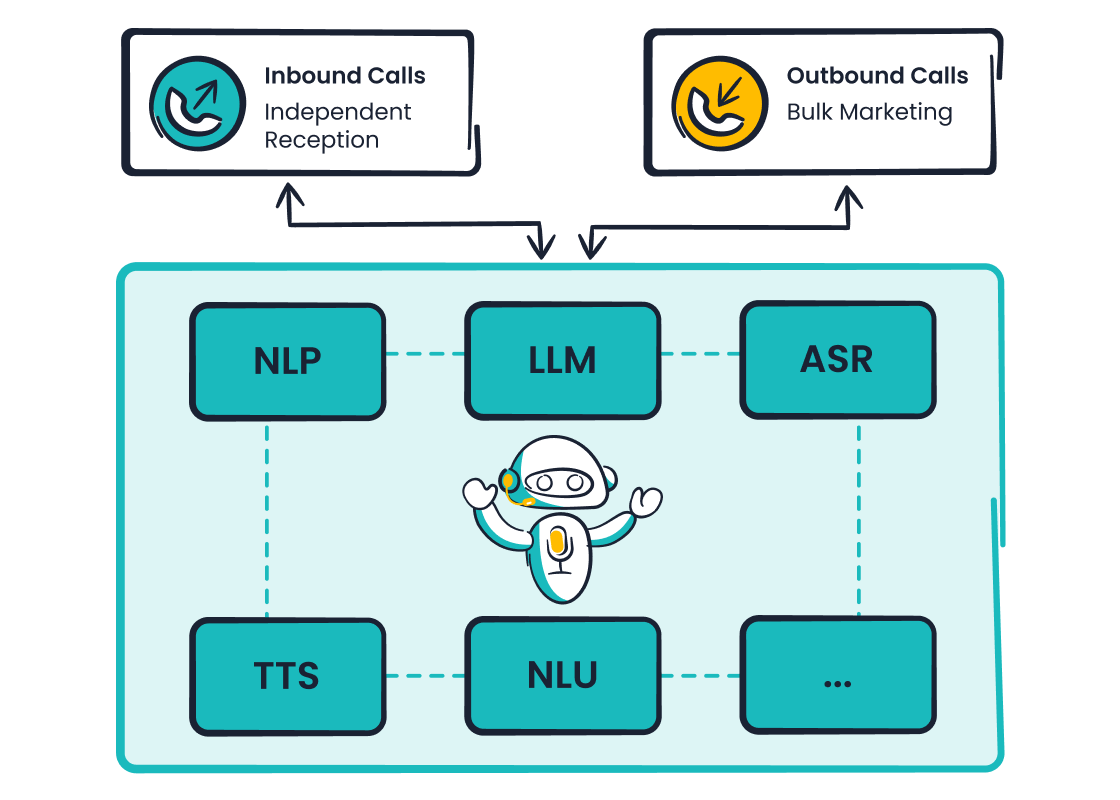
Voicebot solutions now play a vital role in workplace communications, but their effectiveness depends on a business’s unique goals and operational challenges. Companies often seek ways to improve workplace communications and reduce customer wait times. Many organizations report measurable gains after implementing these solutions. For example, voicebot solutions can drive a 34% increase in customer satisfaction and an 89% reduction in cost per resolved inquiry.
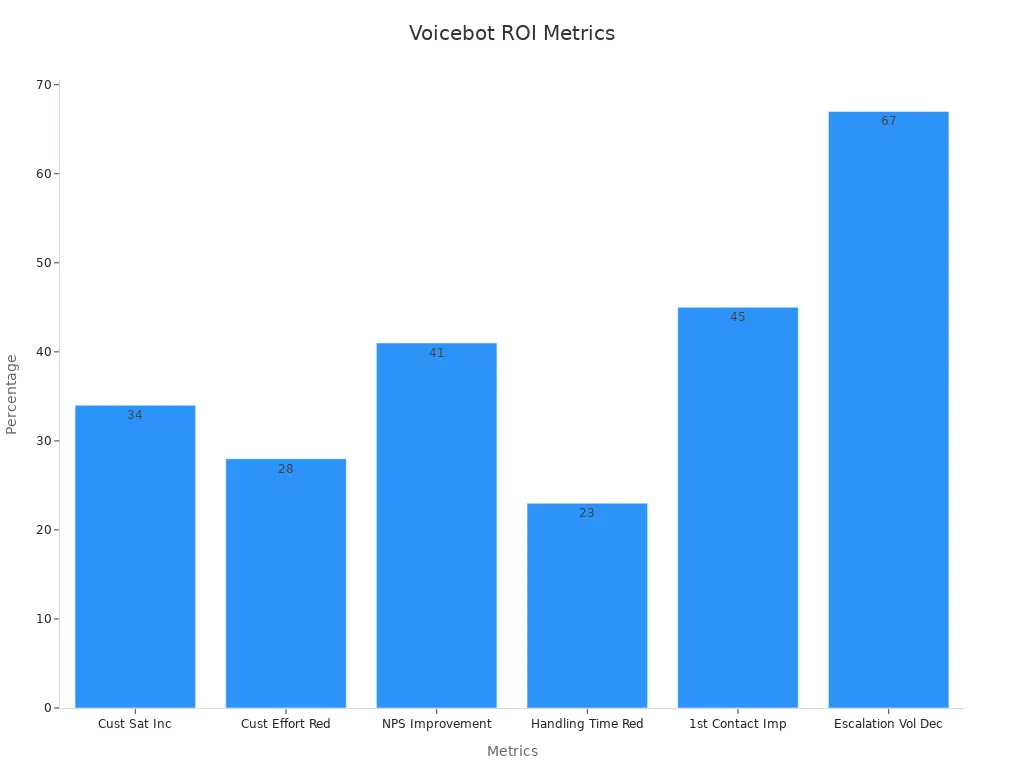
Sobot AI brings expertise in workplace communications, helping businesses transform their customer communications with advanced solutions.
Voicebot Solutions Overview
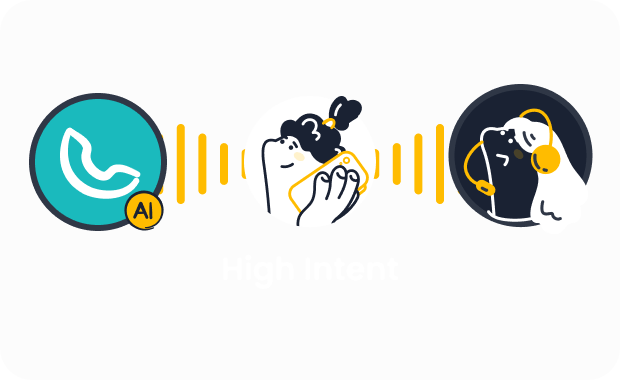
What Is a Voicebot?
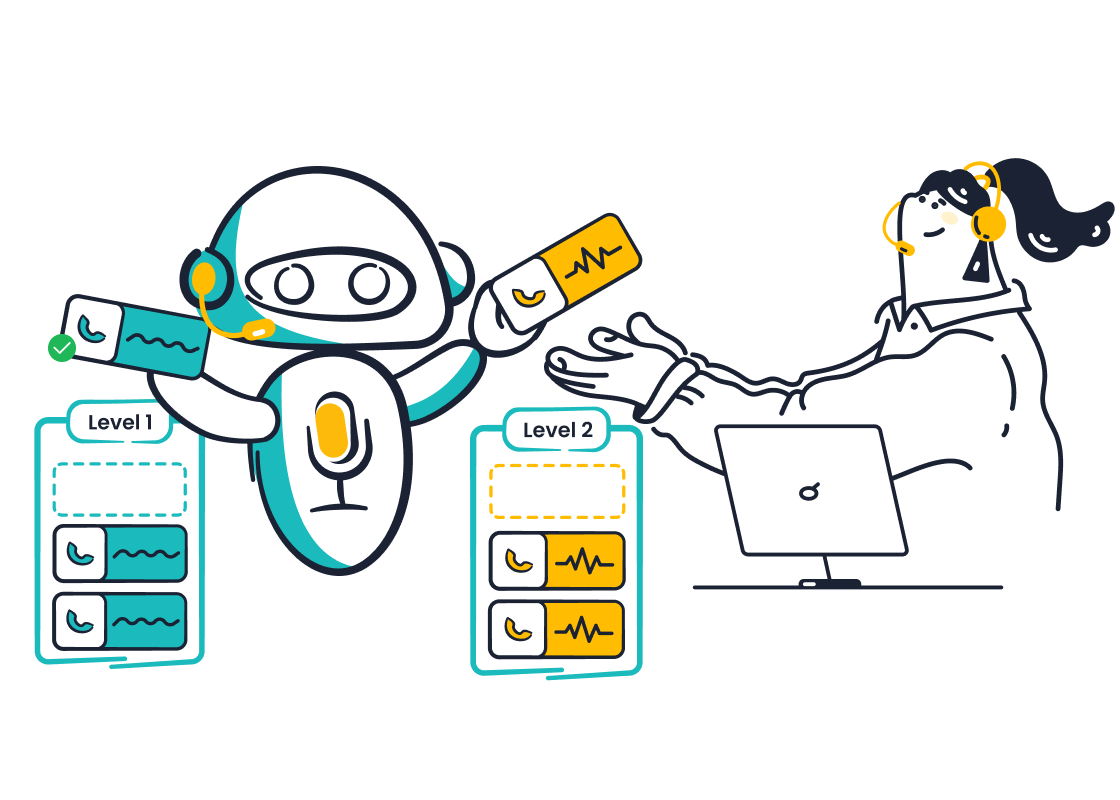
A voicebot is an automated system that uses artificial intelligence to interact with people through spoken language. Unlike traditional phone menus, voicebot solutions enable natural conversations, allowing users to speak as they would with a human agent. These systems use advanced technologies such as natural language processing and machine learning to understand context, intent, and even emotion. Voicebot solutions automate both inbound and outbound calls, reducing the need for human agents and lowering operational costs. They can handle thousands of calls at once, support multiple languages, and provide instant responses. Sobot Voicebot, for example, delivers a human-like experience by using conversational AI and large language models. It adapts to different accents and dialects, ensuring accurate and personalized interactions for every customer.
Key characteristics that set voicebot solutions apart include:
- Continuous customer engagement through automated calls.
- Multilingual support for global reach.
- Seamless handoff to live agents when needed.
- Integration with CRM and telephony systems.
- Customizable voice agents that match brand tone.
How Voice AI Customer Service Works
Voice AI customer service uses artificial intelligence to manage customer interactions over the phone. The process starts with automatic speech recognition, which converts spoken words into text. Natural language understanding then interprets the meaning and intent behind each query. The system responds using text-to-speech technology, creating a smooth, two-way conversation. Voice AI customer service can answer questions, solve problems, and even complete transactions without human intervention.
Voicebot solutions like Sobot Voicebot offer significant efficiency gains. Studies show that these systems can reduce operational costs by up to 50% and cut call handling times by 35% (IBM). They also improve customer satisfaction by providing instant, 24/7 support. Metrics such as first-contact resolution and customer effort score help organizations measure the impact of voice AI customer service on their operations.
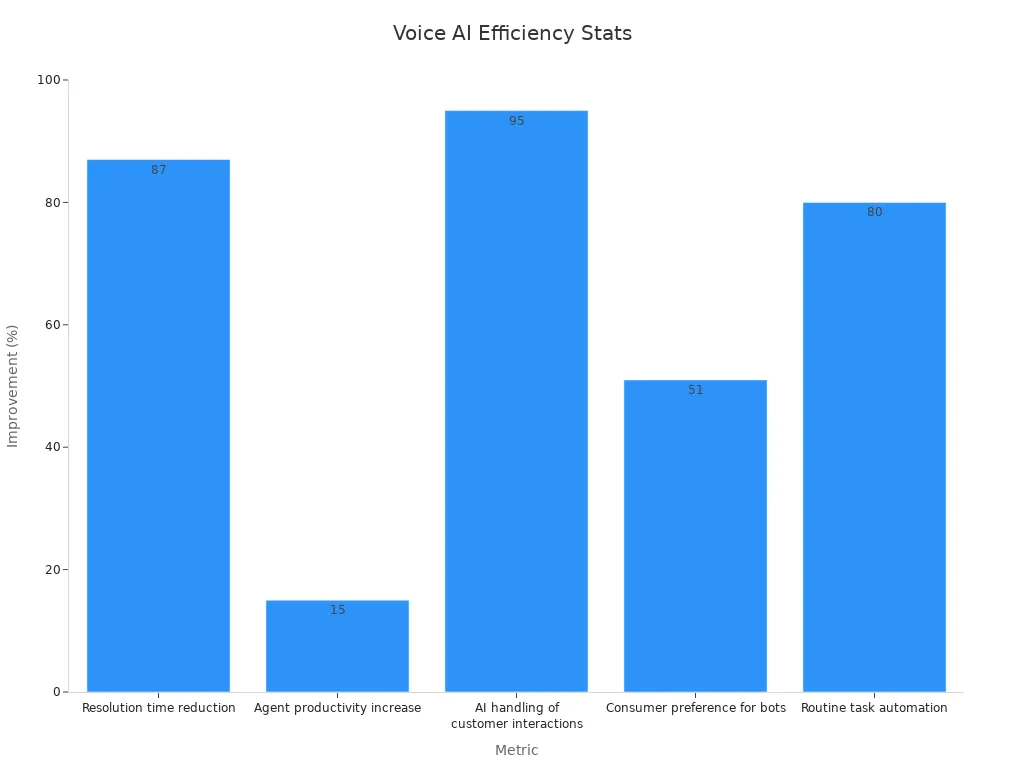
Sobot Voicebot stands out with its omnichannel and multilingual capabilities. It integrates with chat, email, and social media, ensuring a unified customer experience. The platform’s AI-driven approach allows businesses to automate up to 90% of interactions, freeing agents to focus on complex issues. This combination of artificial intelligence and conversational AI makes Sobot Voicebot a powerful tool for modern customer service.
Business Benefits of Voicebot Automation
Efficiency and Cost Savings
Businesses today face increasing pressure to deliver high-quality customer support while controlling costs. Voicebot automation powered by artificial intelligence transforms how companies manage routine communication tasks. Sobot Voicebot automates over 90% of customer interactions, allowing teams to focus on complex issues that require human expertise. This shift leads to enhanced efficiency and significant cost reductions.
Gartner projects that by 2026, conversational AI will cut contact center agent labor costs by $80 billion globally (Gartner). Labor expenses can account for up to 95% of contact center costs. Automating even part of the process, such as capturing customer information, reduces interaction time by up to one-third. Sobot Voicebot’s cloud-based platform integrates with existing systems, enabling rapid deployment and scalability.
| Metric | Human Agent Cost per Call | AI Voicebot Cost per Call | Daily Claims Processed | Monthly Cost Savings |
|---|---|---|---|---|
| Cost per call handling | $1.50 | $0.1915 | 100–150 | Over $3,900 |
Switching from human agents to AI voicebots reduces the cost per call by nearly 87%. This change results in substantial monthly savings for businesses processing high call volumes. Sobot Voicebot also improves operational efficiency by reducing average handling time and minimizing errors.
| Efficiency Metric | Percentage Gain |
|---|---|
| Automation of routine tasks | 100% |
| Reduction in manpower requirements | 90% |
| Reduction in errors | 50% |
| Reduction in operational costs | 60% |
| Increase in sales-qualified leads | 60% |
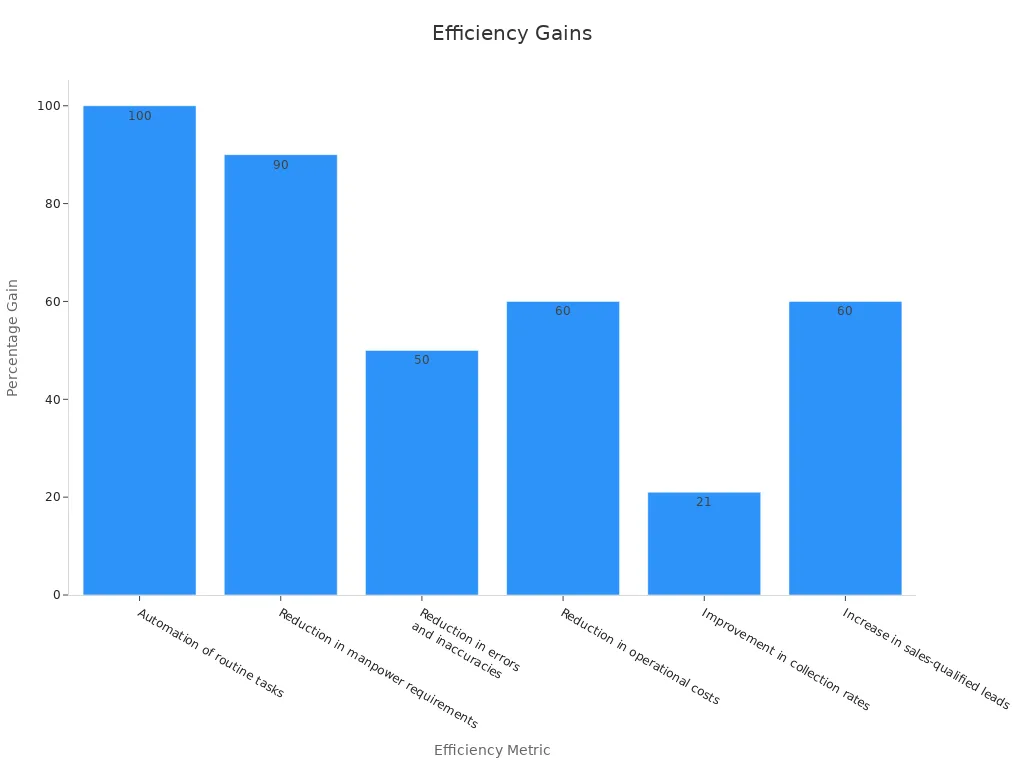
Sobot’s partnership with Weee! demonstrates these benefits in action. Weee! achieved a 20% increase in agent efficiency and a 50% reduction in resolution time after implementing Sobot Voicebot. The company also reported a customer satisfaction score of 96%, highlighting the impact of automation on both productivity and satisfaction.
24/7 Multilingual Support
Modern businesses serve customers across different time zones and languages. Sobot Voicebot provides 24/7 multilingual support, ensuring that every customer receives timely assistance. Artificial intelligence enables the voicebot to understand and respond in multiple languages and dialects, making support accessible to a global audience.
- 62% of customers prefer chatbot or voicebot interactions over waiting for human agents, especially for routine inquiries.
- 51% of consumers favor bots for immediate service, reflecting a shift toward automated support.
- Multilingual support expands market reach without increasing costs, allowing businesses to serve diverse customer bases efficiently.
- Voice AI systems handle various accents and languages, improving accessibility and customer satisfaction.
- Reduced response times and continuous availability create a competitive advantage, boosting customer retention and acquisition.
Sobot Voicebot’s multilingual capabilities help businesses maintain high customer satisfaction scores. The platform’s AI-driven approach ensures that support remains consistent and accurate, regardless of language or location. Businesses can monitor performance through satisfaction surveys and Net Promoter Scores, ensuring continuous improvement.
Enhanced Customer Experience
Customer experience stands at the core of business success. Voicebot automation powered by artificial intelligence delivers immediate, accurate responses to customer inquiries. Sobot Voicebot reduces wait times and frees human agents to handle complex issues, resulting in higher satisfaction and loyalty.
- Most voicebot users report satisfaction with the technology.
- Voicebots answer common questions, reducing call volume for human agents.
- 24/7 after-hours support ensures customers always receive help.
- Accurate call routing based on caller intent improves first-call resolution rates.
- Voicebots manage high call volumes, maintaining service quality during peak periods.
| Metric | Improvement/Value |
|---|---|
| Return on Investment (ROI) | $39 million |
| Reduction in Misrouted Calls | 30% |
| Reduction in Average Handling Time | 2 minutes |
Sobot Voicebot tracks key metrics such as call duration, inquiry types, and transfer rates. These insights allow businesses to refine their support strategies and optimize operational efficiency. The Weee! case study illustrates how Sobot’s solution led to a 50% reduction in resolution time and a 96% customer satisfaction score. Enhanced efficiency and continuous improvement drive better experiences for every customer.
Tip: Businesses that leverage AI-powered voicebot automation see measurable gains in customer satisfaction, operational efficiency, and cost savings. Sobot Voicebot offers a scalable, multilingual solution that adapts to evolving business needs.
AI Voicebot Limitations
Empathy and Human Touch
AI voicebots have transformed customer service by handling routine tasks quickly and efficiently. However, they face clear limitations when it comes to empathy and the human touch. Industry research shows that voicebots often struggle to understand complex emotions, humor, or subtle cues in conversations. For example:
- Voicebots find it difficult to recognize and respond to human emotions, which limits their ability to show empathy or adapt to sensitive situations.
- Variations in speech, such as accents or slang, can cause misunderstandings.
- Multi-turn conversations sometimes confuse voicebots, leading to irrelevant answers.
- Voicebots cannot easily adapt to unexpected questions or new information without extra programming.
- Human agents still outperform voicebots in complex problem-solving and nuanced decision-making.
Industry experts agree that while voicebots excel at routine, rule-based tasks, they lack the emotional intelligence needed for conflict resolution and relationship building. Customers who feel understood are five times more likely to be satisfied and seven times more likely to make additional purchases, according to Harvard Business Review. Many organizations now use AI voicebots as assistants to human agents, especially in roles that require empathy and emotional intelligence. This balance ensures that customers receive efficient service while still having access to human support when needed.
Privacy and Security
Voicebot technology processes large amounts of sensitive information, making privacy and security top priorities for businesses. Data privacy concerns have grown as more users interact with voice-enabled systems. Recent studies highlight the scale of these concerns:
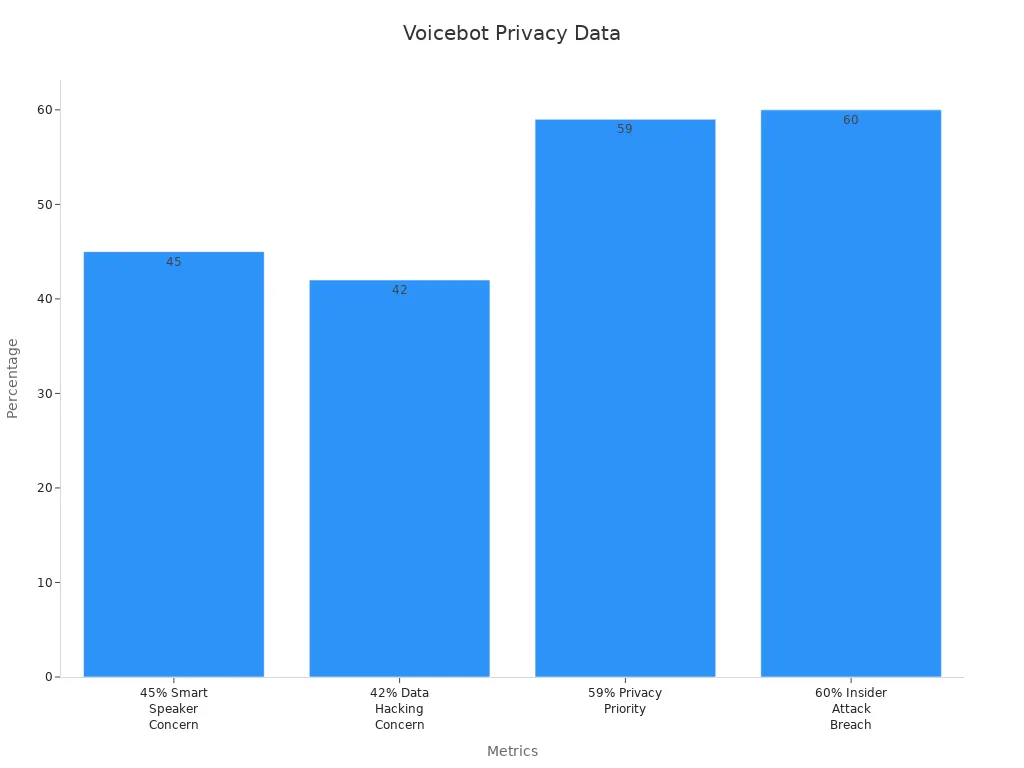
| Metric / Statistic | Value | Description |
|---|---|---|
| 45% | Percentage of smart speaker users worldwide concerned about voice data privacy | |
| 42% | Percentage worried about voice data hacking | |
| 59% | Percentage of respondents who consider privacy important when using voice control devices | |
| 60% | Percentage of data breaches caused by insider attacks affecting cloud-stored data (including voice data) | |
| Thousands | Number of complaints filed against Google, Amazon, and Apple for improper handling of voice recordings |
These figures show that users worry about how companies store and use their voice data. Insider threats and hacking attempts remain significant risks. Businesses must comply with regulations like GDPR and CCPA, especially in industries such as healthcare and finance. Advanced authentication methods, such as WearID, now achieve up to 99.8% accuracy, and detection rates for malicious commands reach 97.2%. However, companies must continue to invest in robust security protocols and transparent data handling practices to maintain user trust.
Sobot, for example, prioritizes secure, compliant solutions by offering encrypted backups and GDPR-compliant features. This approach helps businesses address privacy and security challenges while delivering reliable voicebot services.
Integration Challenges
Integration stands as a critical factor in the success of any voicebot deployment. Many organizations encounter limitations when connecting voicebots to existing systems, such as CRM, ERP, or support platforms. Several industry challenges persist:
- Achieving seamless integration with legacy systems often requires custom development and ongoing maintenance.
- Training voicebots demands continuous data cleaning and adaptation to new languages, accents, and industry-specific terms.
- Privacy and security concerns arise when handling sensitive voice data during integration.
- Maintaining and updating voicebots to keep up with evolving user expectations is an ongoing process.
- User resistance can occur if voicebots do not add clear value or disrupt established workflows.
| Integration Aspect | Details |
|---|---|
| Cloud-based Integration | Dominant market share in 2023 due to scalability, cost-effectiveness, and ease of deployment. |
| On-premise Integration | Preferred in industries with strict data privacy and security requirements. |
| Integration Challenges | Need for seamless interoperability with CRM, ERP, and support systems. |
| Market Impact | Growing adoption across industries drives demand for integration platforms. |
| Benefits of Cloud Integration | Reduced infrastructure costs, automatic updates, enhanced accessibility. |
| Benefits of On-premise | Greater control over data and compliance with regulations. |
The 'Responsible AI in Voice Bots for Sensitive Conversations' report highlights that regulated industries require careful risk assessment and phased deployment strategies to address technical, compliance, and reputational risks. Sobot Voicebot addresses these integration needs by offering plug-and-play APIs, cloud-based scalability, and support for both inbound and outbound services. This flexibility allows businesses to deploy voicebots quickly and adapt to changing requirements.
Note: Successful integration ensures that voicebots enhance, rather than disrupt, existing workflows. Companies that prioritize seamless integration and ongoing support see higher productivity and customer satisfaction.
Comparing Voicebot Solutions, Chatbots, and Human Agents
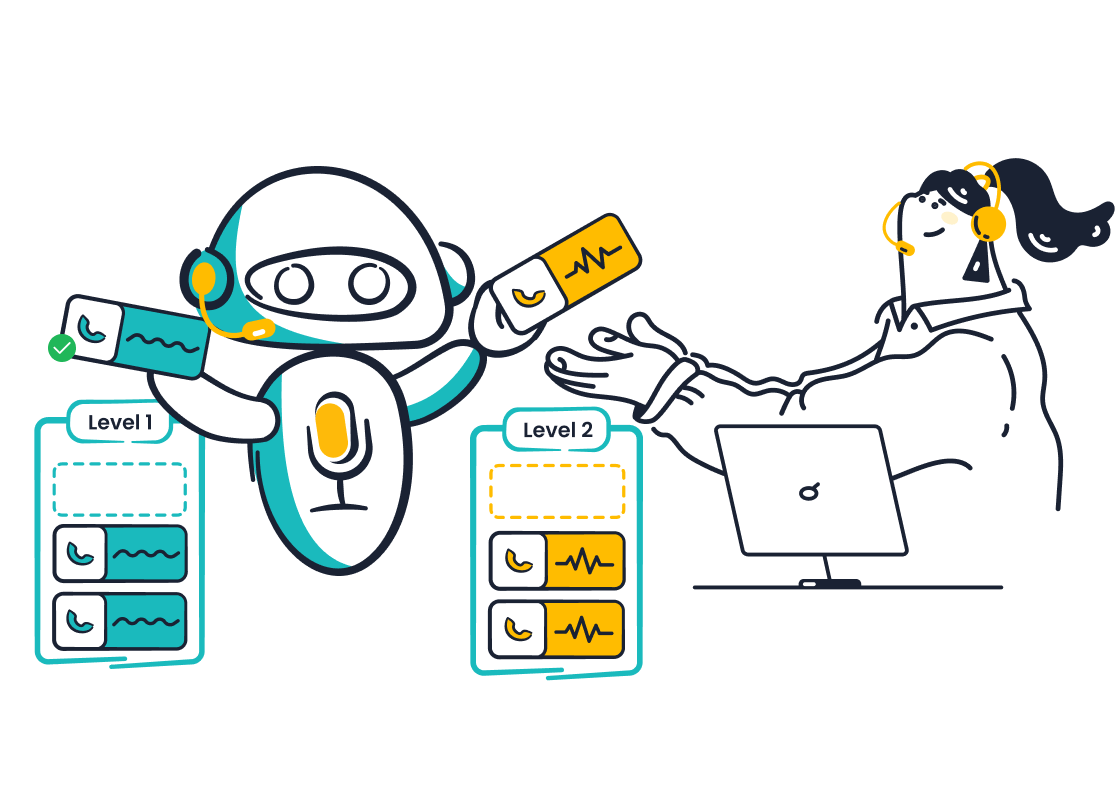
When to Use Voice AI Customer Service
Voice ai customer service works best for workplace communications that require natural, spoken interaction. Many businesses choose voicebots for tasks like appointment scheduling, order tracking, and account verification. Voice ai customer service provides a hands-free experience, making it ideal for users who prefer speaking over typing. It also supports accessibility for visually impaired customers and older adults. In busy environments, voice ai customer service can handle high call volumes, ensuring workplace communications remain efficient. Sobot Voicebot uses conversational ai to automate over 90% of routine calls, freeing agents to focus on complex issues. This approach improves customer satisfaction and supports consistency in messaging across all communications.
| Metric | Voicebots | Chatbots | Human Agents |
|---|---|---|---|
| Task Completion Rates | High for spoken, conversational tasks | High for simple, text-based queries | Benchmark for complex problem-solving |
| Customer Satisfaction | Strong emotional connection | Precise and consistent | Highest empathy and understanding |
| First-Contact Resolution | Maintains context well | Good for straightforward queries | High due to flexibility |
| Error Recovery | Needs robust handling | Easier with text clarity | Superior adaptability |
| Cost Analysis | Lower than humans, higher than chatbots | Lowest operational cost | Highest cost |
Scenarios for Chatbots or Human Agents
Chatbots for employee support excel in workplace communications that involve simple, structured queries. Many businesses use chatbots for FAQs, password resets, and quick updates. Chatbots reduce average handle time by 77% and save over 2.5 billion hours of customer service time (Juniper Research). Human agents remain essential for workplace communications that require empathy, complex decision-making, or sensitive topics. They outperform ai in nuanced conversations and problem-solving. Some customers prefer human agents for personal or emotional issues, while younger users often favor chatbots for speed and convenience.
Hybrid Approaches with Sobot
Many businesses now combine ai-powered voicebots, chatbots, and human agents for optimal workplace communications. Sobot’s omnichannel platform enables seamless handoff between automated and human support. Voice ai customer service detects when a customer needs a human agent and transfers the call with all prior information, preventing repetition. This hybrid approach automates up to 80% of routine inquiries, increases customer satisfaction by 34%, and reduces support costs by 30%.
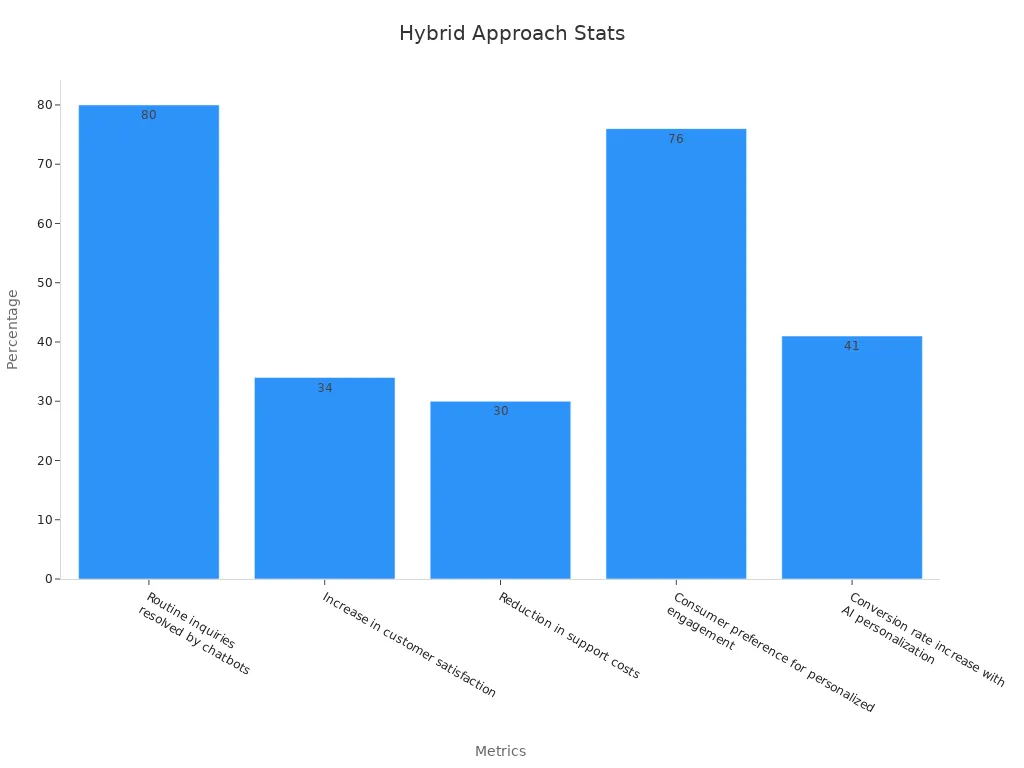
Sobot’s integration ensures smooth communication across channels, supporting both ai and human agents. Businesses benefit from improved efficiency, better customer experiences, and consistency in messaging throughout all communications.
Choosing the Right Voicebot Solution for Your Business
Key Decision Criteria
Selecting the right voicebot solutions for business communications requires a careful evaluation of several factors. Companies should prioritize solutions that deliver high NLU (Natural Language Understanding) accuracy, as this directly impacts customer satisfaction and operational efficiency. A 1% increase in first call resolution often leads to a 1% rise in customer satisfaction. Businesses should also look for solutions that offer robust multilingual support, seamless integration with CRM systems, and advanced analytics for ongoing optimization.
| Evaluation Criteria | Description |
|---|---|
| Technological Innovation | Advanced NLU/NLP for accurate, natural conversations |
| Proven Track Record | Success across industries and reliable deployments |
| Comprehensive Feature Set | Multilingual, integration-ready, analytics-driven |
| Scalability and Flexibility | Adapts to business growth and diverse communications needs |
| Support and Services | Strong implementation, training, and ongoing support |
| Security and Compliance | Meets GDPR, CCPA, and industry-specific privacy requirements |
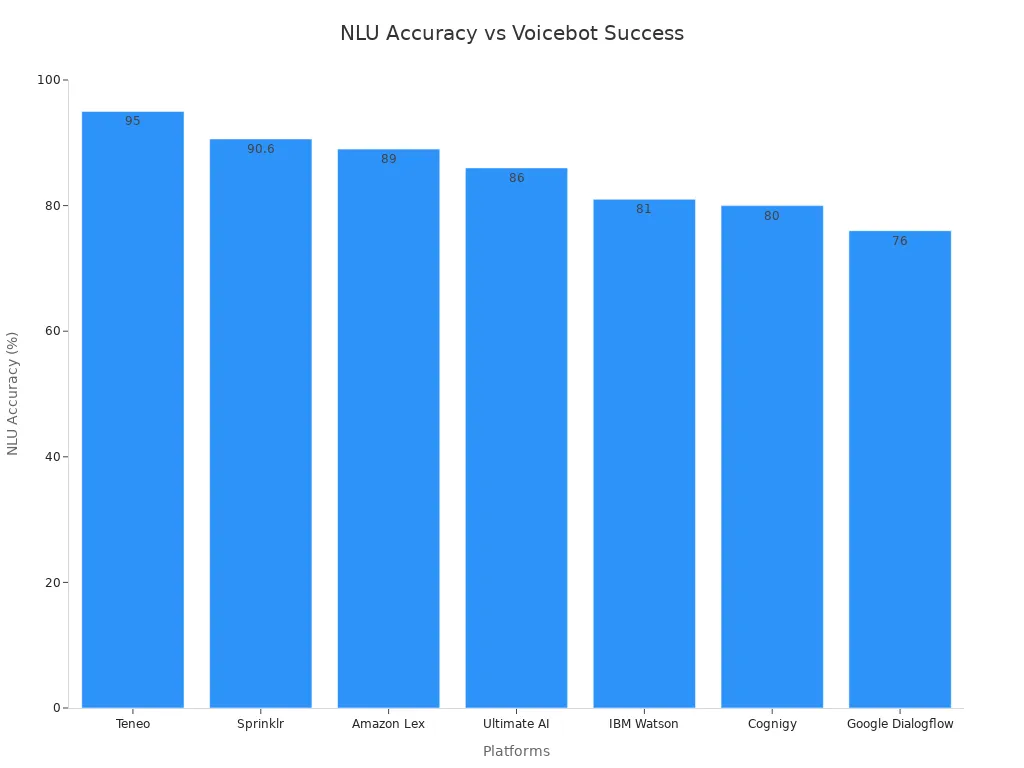
Sobot Voicebot Implementation Steps
Sobot Voicebot provides a structured approach for deploying voicebot solutions tailored to business needs. The process begins with integration into existing communications channels, such as phone, chat, and social media. Sobot’s team configures AI agents, sets up knowledge bases, and customizes conversation flows for personalization. Businesses then conduct pilot testing and iterative refinement, ensuring the solution meets real-world requirements. Sobot offers training, 24/7 technical support, and continuous monitoring to optimize performance and maintain high customer satisfaction.
Tip: Sobot’s plug-and-play APIs and visual flow builder simplify integration, making it easy for businesses to scale solutions as communications demands grow.
Checklist for Business Needs
Before selecting a voicebot solution, businesses should review the following checklist to ensure alignment with their communications and personalization goals:
- Does the solution support multilingual and omnichannel communications?
- Can it deliver personalized messages and adapt to user segments?
- Is the NLU accuracy above industry benchmarks?
- Does it integrate seamlessly with CRM and backend systems?
- Are security and privacy protocols in place for sensitive data?
- Does the provider offer strong support and ongoing optimization?
- Can the solution scale with business growth and changing needs?
A thorough review of these criteria helps businesses choose solutions that drive efficiency, deliver personalization, and support evolving communications strategies.
Voicebot solutions deliver measurable gains in customer satisfaction and operational efficiency. Companies report up to 75% higher customer satisfaction scores and a 60-80% reduction in costs after adopting voicebots. The table below highlights key industry outcomes:
| Metric | Improvement Range |
|---|---|
| Customer satisfaction scores | 50-75% higher |
| Wait time reduction | 80-90% decrease |
| ROI | 300-500% in 18-24 months |
Benefits include 24/7 multilingual support, consistent satisfaction, and actionable insights. Limitations involve empathy and privacy risks, but Sobot Voicebot addresses these with secure, scalable solutions. Aligning technology with business goals ensures lasting customer satisfaction. Use the checklist above to evaluate your needs. For a personalized demo, contact Sobot and start your journey toward higher satisfaction.
FAQ
What types of businesses benefit most from voicebot solutions?
Retail, finance, and e-commerce companies see the biggest gains. For example, Weee! improved agent efficiency by 20% using Sobot Voicebot. Any business with high call volumes or multilingual needs can benefit from voicebot solutions.
How do voicebot solutions handle multiple languages?
Voicebot solutions like Sobot Voicebot support many languages and dialects. The system uses advanced AI to understand and respond in the customer’s preferred language. This feature helps global brands deliver consistent service.
Are voicebot solutions secure for handling sensitive data?
Yes. Leading voicebot solutions, including Sobot Voicebot, use encryption and comply with GDPR standards. Businesses can trust these systems to protect customer data and maintain privacy. Over 59% of users consider privacy a top concern (source).
Can voicebot solutions integrate with existing business systems?
Most voicebot solutions offer APIs for easy integration with CRM and contact center platforms. Sobot Voicebot provides plug-and-play integration, allowing businesses to connect quickly and scale as needed.
How do voicebot solutions improve customer satisfaction?
Voicebot solutions reduce wait times and provide 24/7 support. Sobot Voicebot automates over 90% of routine calls, leading to faster resolutions. Companies report customer satisfaction scores rising by up to 75% after adopting voicebot solutions.
Tip: Businesses should review their needs and choose voicebot solutions that align with their goals for the best results.
See Also
Best Interactive Voice Response Solutions Reviewed And Compared
Leading Voice Of Customer Platforms Analyzed And Ranked
Best Automated Voice Calling Tools Evaluated For 2024
